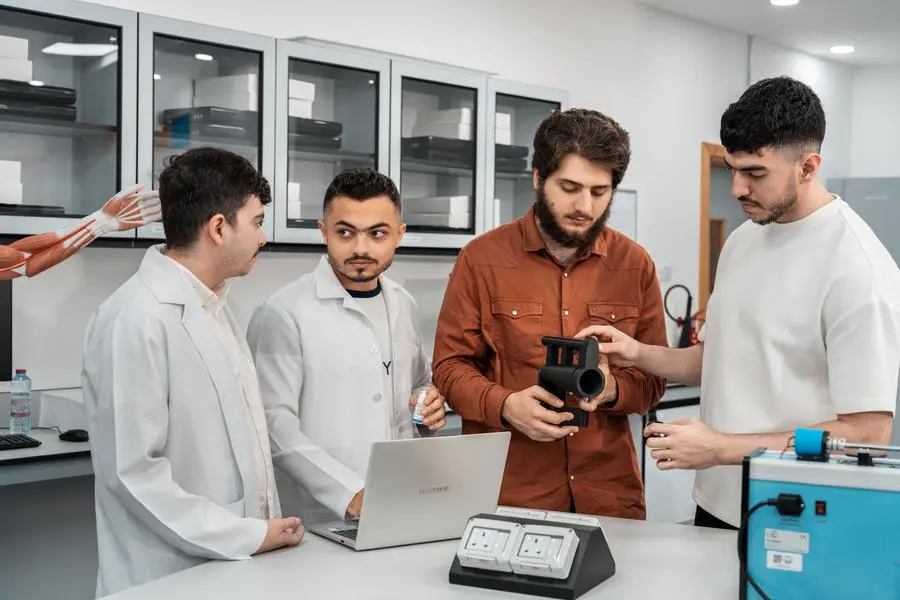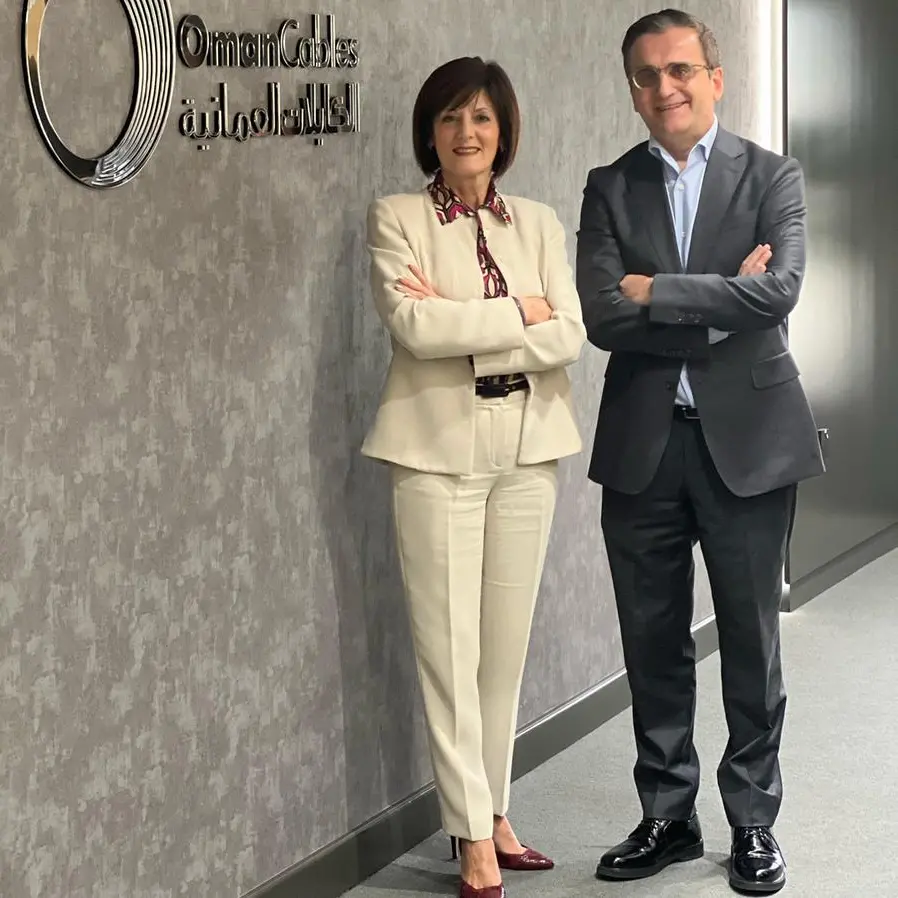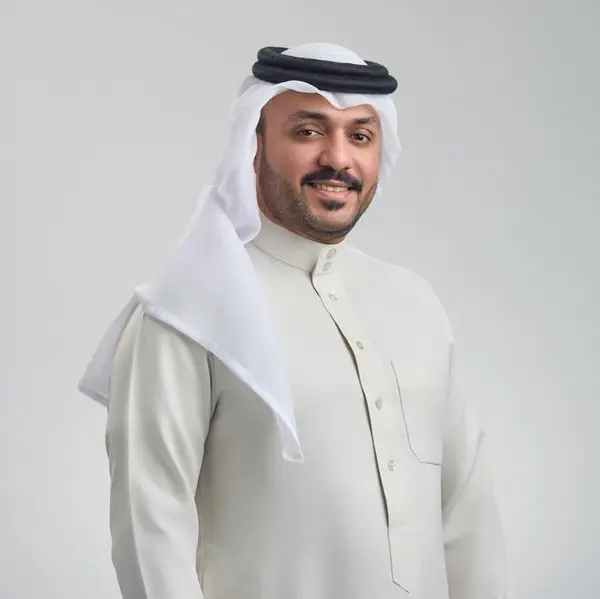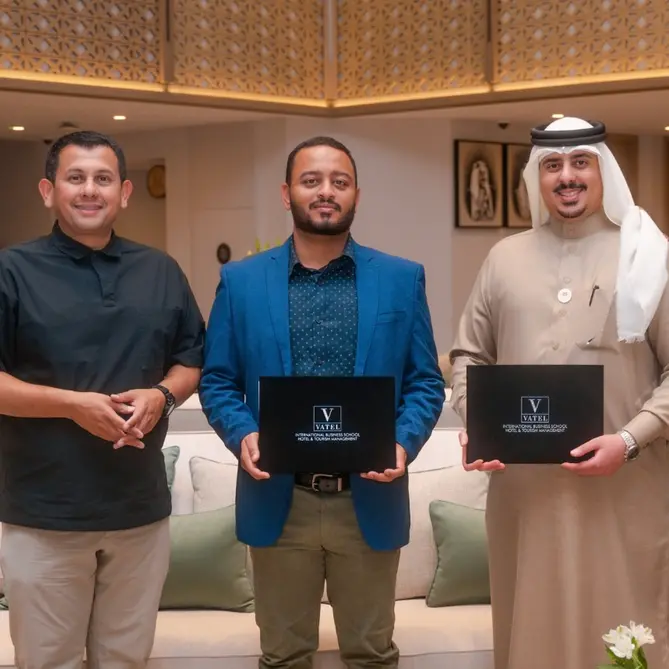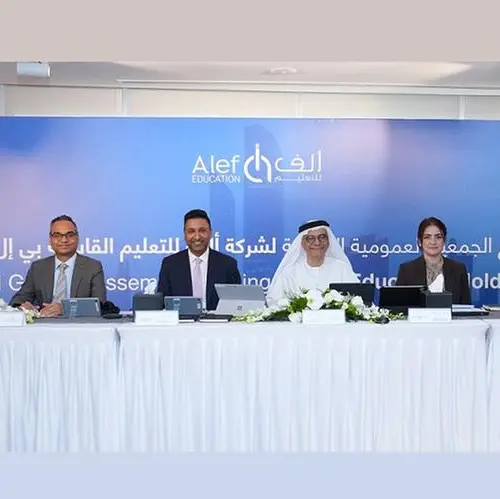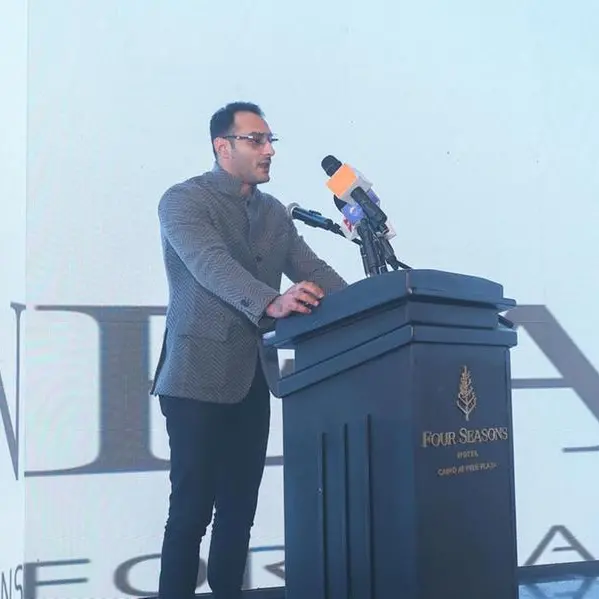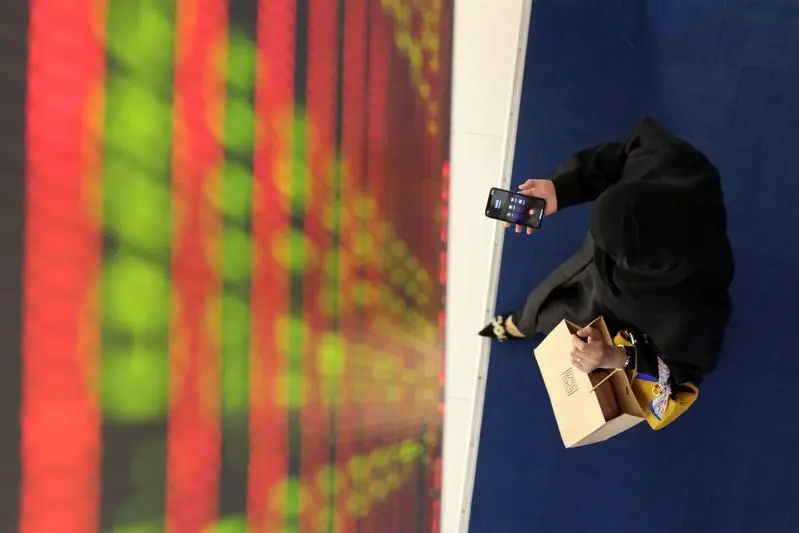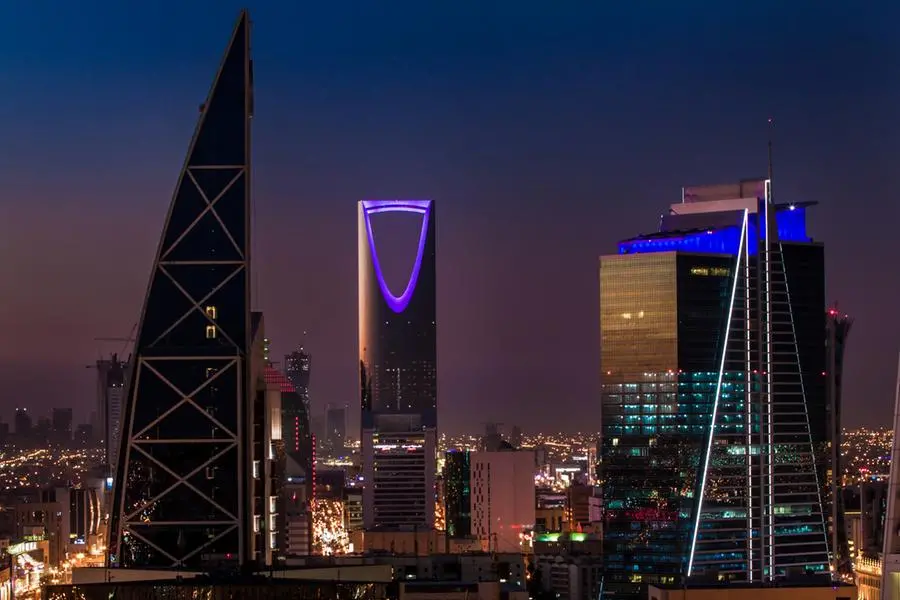PHOTO
The team consisting of Houssam Hammoud, Mohammad Yaman Al Aref, Mohamad Hammoud, Mayar Jabouli, and Wessam Shehiebof. Image Courtesy: Dyson
- The James Dyson Award announced its 20 best inventions of 2024 by young engineers and designers, selected by a panel of 14 Dyson engineers with expertise in design, electronics and sustainability
DUBAI, UAE – For the first time since 2017, a team from the UAE has made it into the global top 20 of the James Dyson Award after being crowned runners-up in the UAE national round. Their invention, OcularSky, is a portable and affordable alternative to fundus cameras, used by healthcare practitioners to capture images of the eye.
A panel of 14 Dyson engineers with expertise in design, electronics and sustainability evaluated over 80 entries from 28 countries, including the UAE’s winning invention Eshara and runners-up OcularSky and DewHopper. From the top 20 shortlist, Sir James Dyson will choose an international winner, sustainability winner and two runners-up.
The problem
The World Health Organization (WHO) reports that about half of vision impairment cases, including age-related macular degeneration (AMD), glaucoma and diabetic retinopathy, could have been prevented with timely intervention. Regular eye check-ups are expensive and often not covered by insurance. Many regions also lack access to healthcare services, making early diagnosis difficult. In addition, fundus cameras cost at least $2,000, and their availability is limited.
This inspired the creation of OcularSky, an affordable, accurate alternative using smartphones, AI models and a 3D-printed attachment to enable regular eye check-ups around the world, especially in rural areas.
The Invention
The team consisting of Houssam Hammoud, Mohammad Yaman Al Aref, Mohamad Hammoud, Mayar Jabouli, and Wessam Shehiebof, five young engineering students and graduates from Ajman University, invented OcularSky. The device operates as an application on any smartphone, connected to the cloud, where pre-trained AI models diagnose the captured images of the eye. To use it, the healthcare practitioner places the smartphone on a 3D-printed gadget equipped with a stabilising tube to focus on the ocular region. The smartphone's camera and flashlight are aligned with the tube, and once properly positioned, the device is placed about five centimetres away from the patient’s eye. The healthcare practitioner captures the image, and the application automatically crops it and uploads it to the cloud for instant diagnosis. For a clearer image, it is recommended to use pupil dilation eye drops as usual.
What’s next
Sir James Dyson will announce the global winners of the James Dyson Award on 13th November. The winning inventions will receive £30,000 each to support their further development and commercialisation.
Please see the full press release attached and let us know if you have any questions.
